None that SHOULD have been used, but we don't know that, the loaded ammo came with the gun.What 223/5.56 powders can be double charged
How much Bullseye fits in a .223 case?
Whats the suggested load for Bullseye in .223?
None that SHOULD have been used, but we don't know that, the loaded ammo came with the gun.What 223/5.56 powders can be double charged
If the FP can't enter the firing channel with the bolt even slightly unlocked then no.
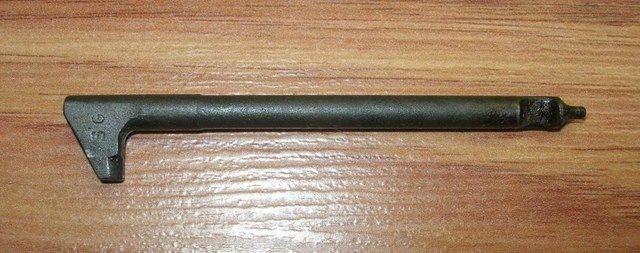
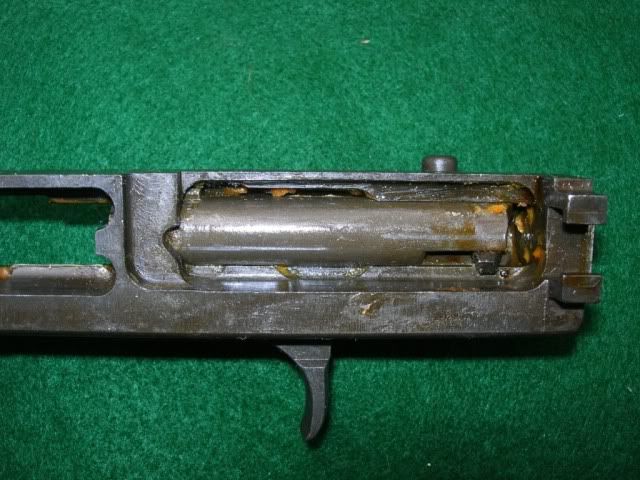
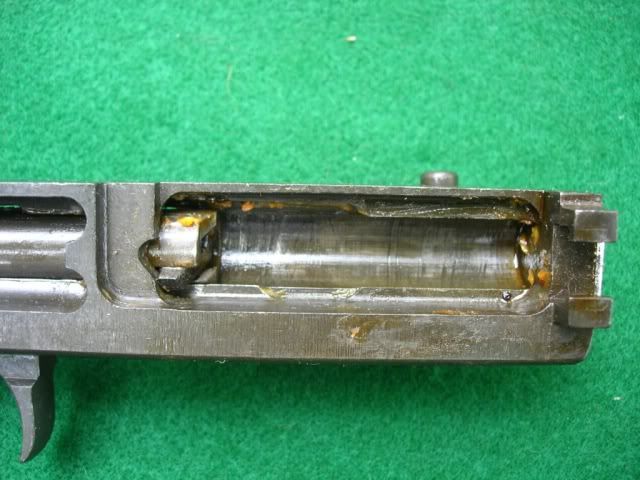
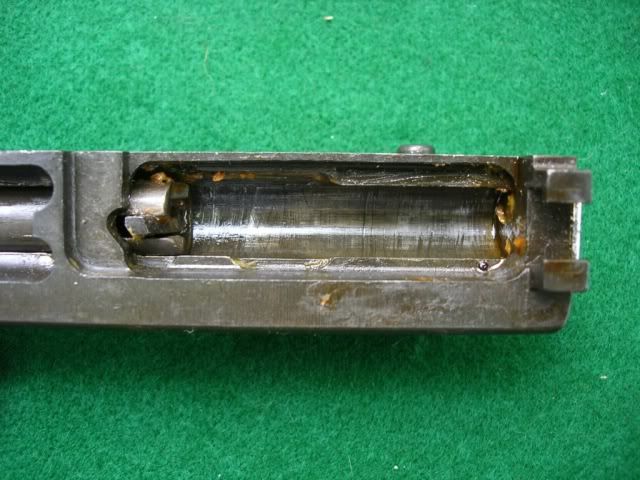
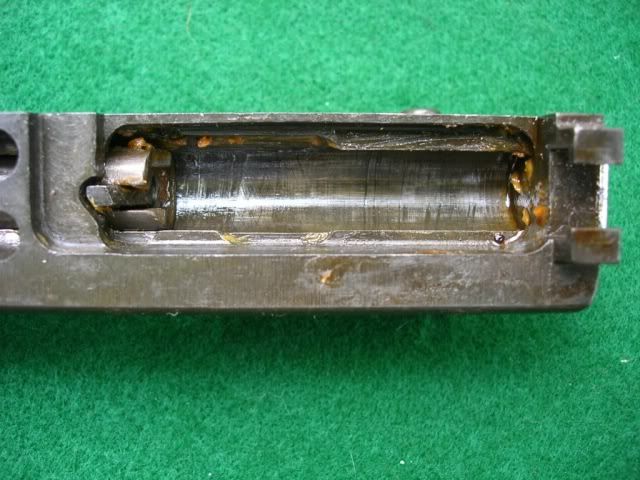
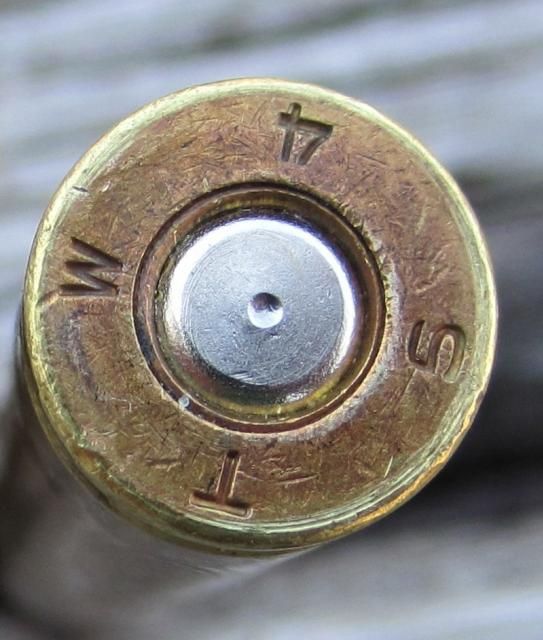
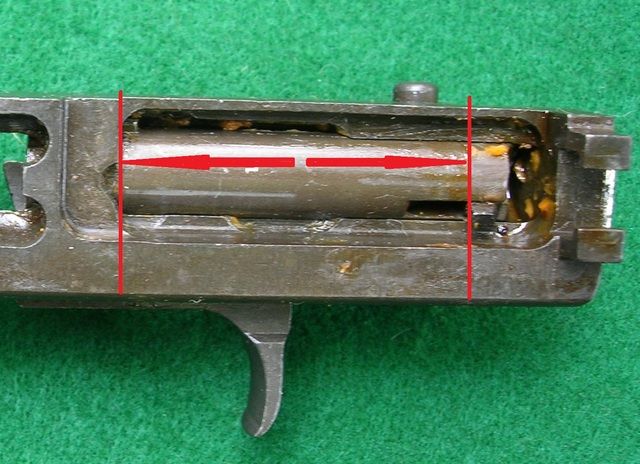
In the M1 Carbine I'd agree, but from memory the Mini-14 is much closer to the M-14 design.
1. The round before this had a case head separation that left the front part of the brass in the chamber which violently stopped the feeding of the bullet and caused the firing pin to slam into the primer (notice the solid primer hit).
These would be logical steps to actually identify the cause.To differentiate between options 1 and 3, another spent brass ripped in half would need to be found. If it is found it is a sure sign the chamber was obstructed, eliminating 3.
To increase the odds of 2 being reality, more ammo from the same lot must be disassembled to see if powder clumping or other degradation has occurred in the same lot.
I never said that. I said it was harder for it to happen.Show pictures and make a case why the M-14 design cannot slamfire out of battery.
I never said that. I said it was harder for it to happen.
